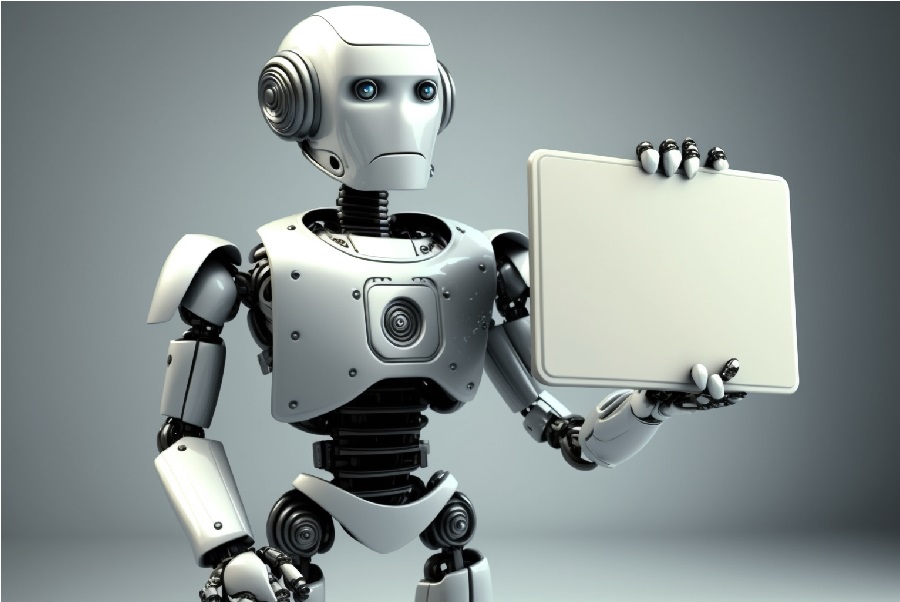Share

The development of Artificial Intelligence (AI) has made remarkable progress, and machine learning is one of its important technologies. Machine learning utilizes big data and algorithms to constantly iterate, enabling machines to gain higher accuracy and intelligence through continuous learning. This technology has been widely applied in natural language processing, image recognition, autonomous driving, and other fields, and has even defeated humans in a game of Go, demonstrating that AI has become a powerful tool. However, this has also raised concerns from some people, fearing that the intelligence of machines may pose a threat to the future of humanity.
How is machine learning implemented?
Machine learning is an algorithm based on big data that automatically adjusts itself to learn the features of a dataset and find patterns from it to better predict future outcomes. It is typically divided into three types: supervised learning, unsupervised learning, and reinforcement learning. In supervised learning, machines build models by learning labeled data, enabling them to classify or predict unlabeled data. In unsupervised learning, machines discover relationships and patterns between data by learning unlabeled data. In reinforcement learning, machines try different actions to maximize rewards in order to achieve better learning outcomes.
How does machine learning defeat humans?
The game of Go is an important milestone in machine learning’s defeat of humans. In 2016, AlphaGo (developed by DeepMind, a subsidiary of Google) defeated Korean Go champion Lee Sedol in a game of Go. AlphaGo learned a large amount of Go game records and previously unknown moves through machine learning, enabling it to predict and select the optimal moves. It uses deep neural networks and reinforcement learning techniques, continually iterating to optimize its algorithms, reaching a level beyond that of humans.
What is the future path for humanity?
Although the development of AI brings many opportunities and changes, it also poses challenges and problems. Firstly, AI may replace human jobs, leading to massive unemployment and social instability. Secondly, the intelligence of AI may surpass that of humans, even posing a threat to humanity. Therefore, we need to take some measures to address these issues.
Firstly, we need to enhance education and training so that people can adapt to the changes of the AI era. In the future, we will need more talents to research, develop, and manage AI technology. Additionally, we need to strengthen support for socially disadvantaged groups to ensure that they are not replaced by AI and lose their jobs and income.
Secondly, we need to strengthen regulation and standardize the development of AI. We need to ensure that the development of AI does not threaten human safety and interests. Governments and regulatory agencies need to strengthen supervision of AI, ensuring that the development of AI follows moral and ethical guidelines and does not violate human rights and privacy.
Thirdly, we need to promote human-machine cooperation rather than replacing humans. AI can be a tool for humans rather than a substitute. In many fields, AI can help humans better utilize their abilities and wisdom. For example, in the medical field, AI can help doctors diagnose diseases more quickly and accurately, improving treatment outcomes and efficiency.
Fourthly, we need to strengthen international cooperation to ensure that the development of AI is a joint effort worldwide. The development of AI has become a global trend that requires the joint efforts of all countries. International organizations and institutions need to strengthen research and development of AI, promote the standardization and regulation of global AI technology.
In conclusion, the development of AI is a double-edged sword that brings both great opportunities and challenges for humanity. We need to comprehensively evaluate the advantages and disadvantages of AI technology, adopt measures to regulate and guide its development, and ensure that AI intelligence brings more benefits and value to human development. At the same time, we also need to adapt and accept the changes brought about by AI technology, actively participate in and promote the application and development of
AI. We should firmly believe that only through cooperation and joint efforts can we achieve the sustainable development of AI technology and the long-term interests of humanity.
The development of AI is inevitable, and we should not resist or fear it. Instead, we should embrace it with a positive attitude and take advantage of its potential to drive human progress and innovation. With the right strategies and policies, we can ensure that AI technology serves the greater good and benefits society as a whole.
In conclusion, the development of AI presents both opportunities and challenges for humanity. We must approach it with caution and take measures to ensure that it is developed responsibly and ethically. By doing so, we can harness the full potential of AI technology to create a better world for all.
WELCOME TO Cerametronics
Cerametronics Is Your Reliable Choice For Stable Products.
We specialize in ceramic metallization, offering products with high frequency, speed, precision, stability, and temperature resistance. It is a reliable choice for stable products.
STAY IN THE LOOP

